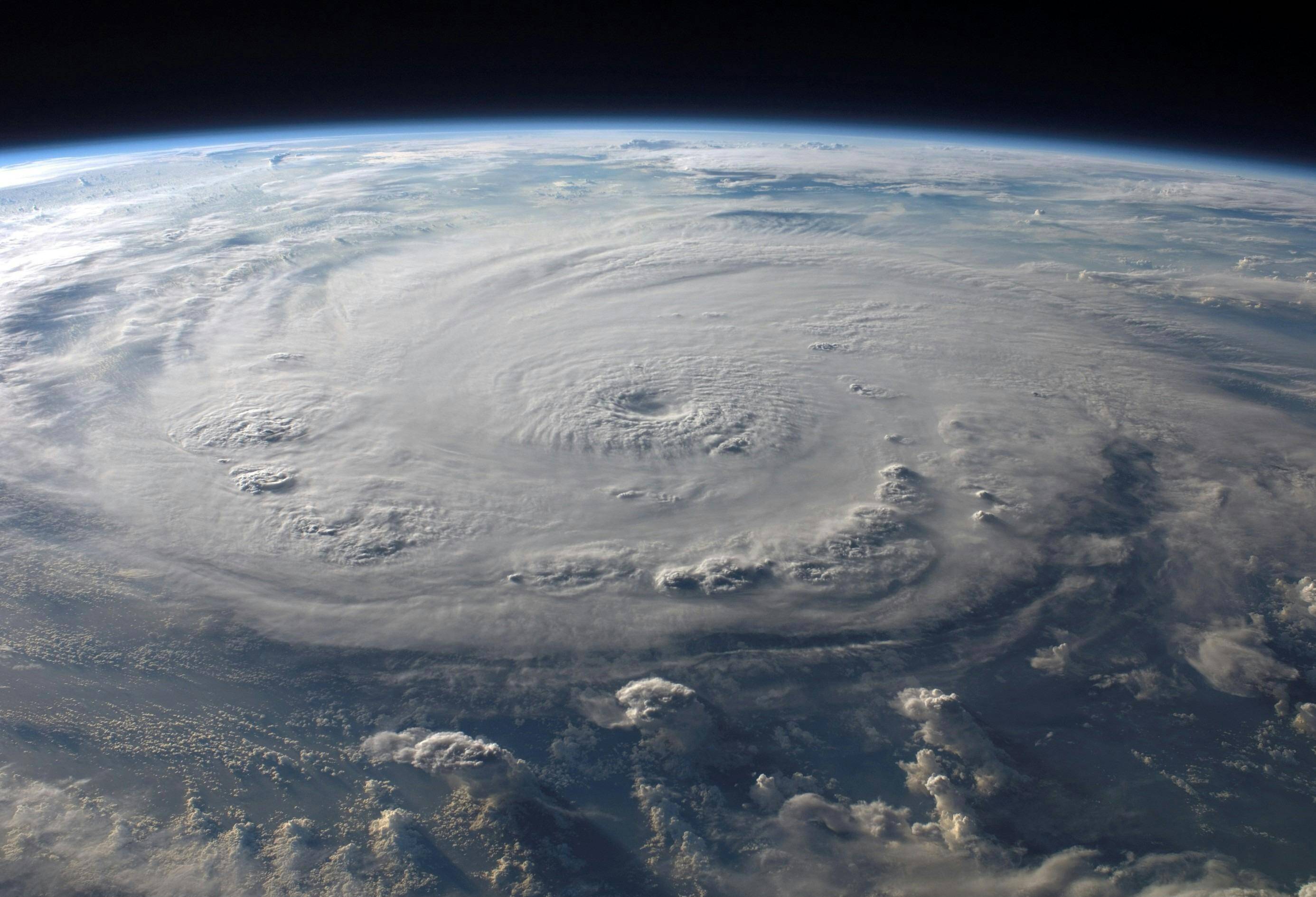September and October have seen the citizens of the southeastern United States and Mexico stricken by tragedy and uncertainty as they faced one of the worst hurricane seasons the region has seen in decades. Buildings have been destroyed, access to power and water has been limited, and people have been displaced or even lost their lives as a direct consequence of the destruction caused by the hurricanes.
Beginning on Sept. 25 with Hurricane Helene, a Category 4 storm whose 500-mile path of destruction started on the Gulf Coast of Florida and moved inland, caused a surge of up to 15 feet, damaging homes with hurricane-force winds and blocking roads with debris.
As of Oct. 6, Helene’s worst damage, however, occurred when the storm, downgraded to a tropical storm, moved into the Carolinas. Floods, heavy winds and torrential rain destroyed homes and toppled trees, blocking access for disaster relief groups trying to reach the area.
The wave of destruction wasn’t over yet. Just two weeks after Helene’s winds finally started to subside, in came Hurricane Milton, a tropical storm that intensified into a Category 5 hurricane that, just like Helene, came in through the Gulf of Florida. The hurricane made landfall near Siesta Key as a Category 3 hurricane, with wind speeds and a storm surge that continued to worry meteorologists in the region.
Milton became the strongest tropical cyclone recorded globally in 2024, with its rapid intensification resulting in deadly tornado outbreaks and widespread destruction. The death toll stands at 21 people as of Oct. 13, with over 5 million homes and businesses without power.
Nevertheless, while the damage from Milton was significant, many have expressed relief as the storm’s impact resulted less destructive than initially forecasted.
“You face two hurricanes in a couple of weeks — not easy to go through — but I’ve seen a lot of resilience throughout this state,” Florida Gov. Ron DeSantis said. He said he was “very confident that this area is going to bounce back very, very quickly.”
In the aftermath of both hurricanes, many have pointed to the role climate change plays in intensifying natural disasters, especially those experienced during this hurricane season.
“Evaporation intensifies as temperatures rise, and so does the transfer of heat from the oceans to the air. As the storms travel across warm oceans, they pull in more water vapor and heat. That means stronger wind, heavier rainfall and more flooding when the storms hit land,” according to the Environmental Defense Fund.
The effects of climate change can also be traced back to past disasters like Hurricane Katrina in 2005, where the primary cause of destruction and fatalities was the storm surge triggered by heavy rainfall. While storm surges are a natural part of hurricanes, rising sea levels due to global warming exacerbate the damage caused by such events.
Photo Courtesy of Pixabay on Pexels

Celeste Masis
Celeste is a student at John Brown University.





